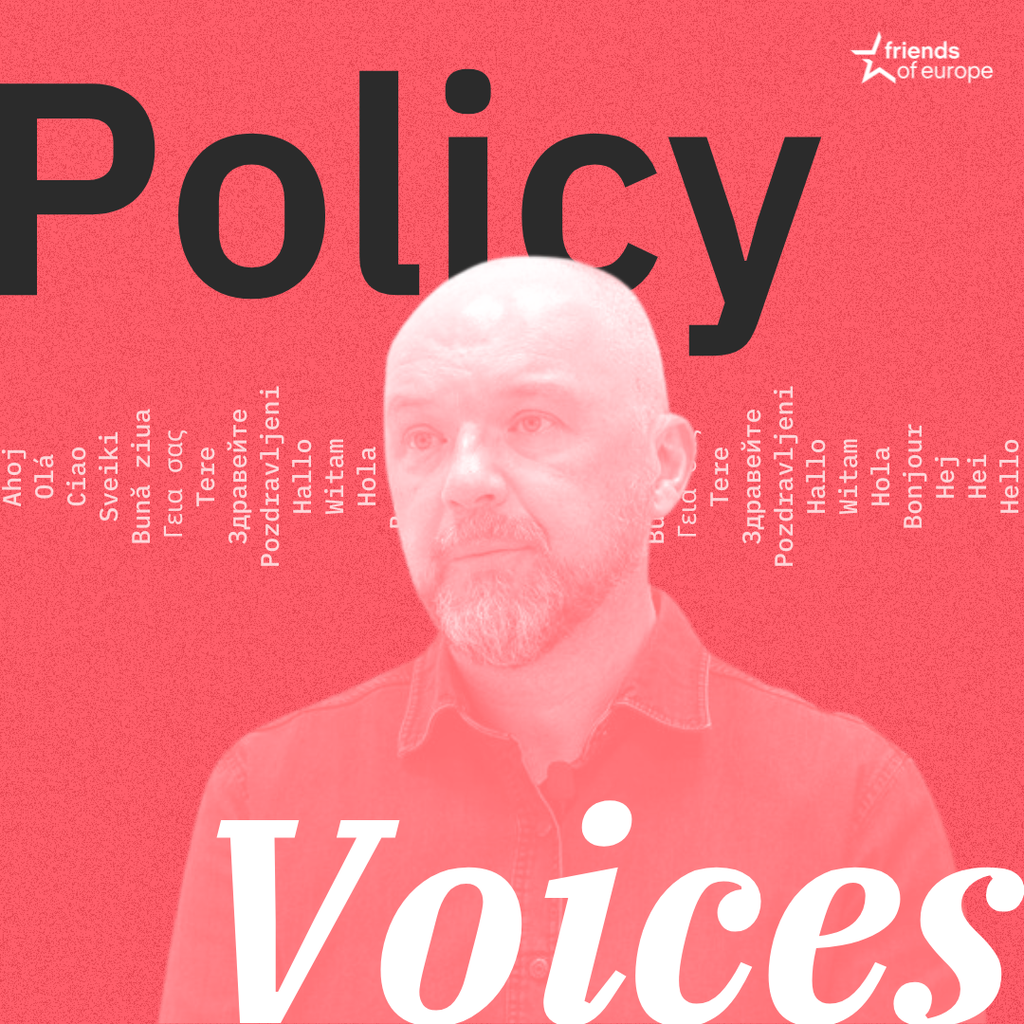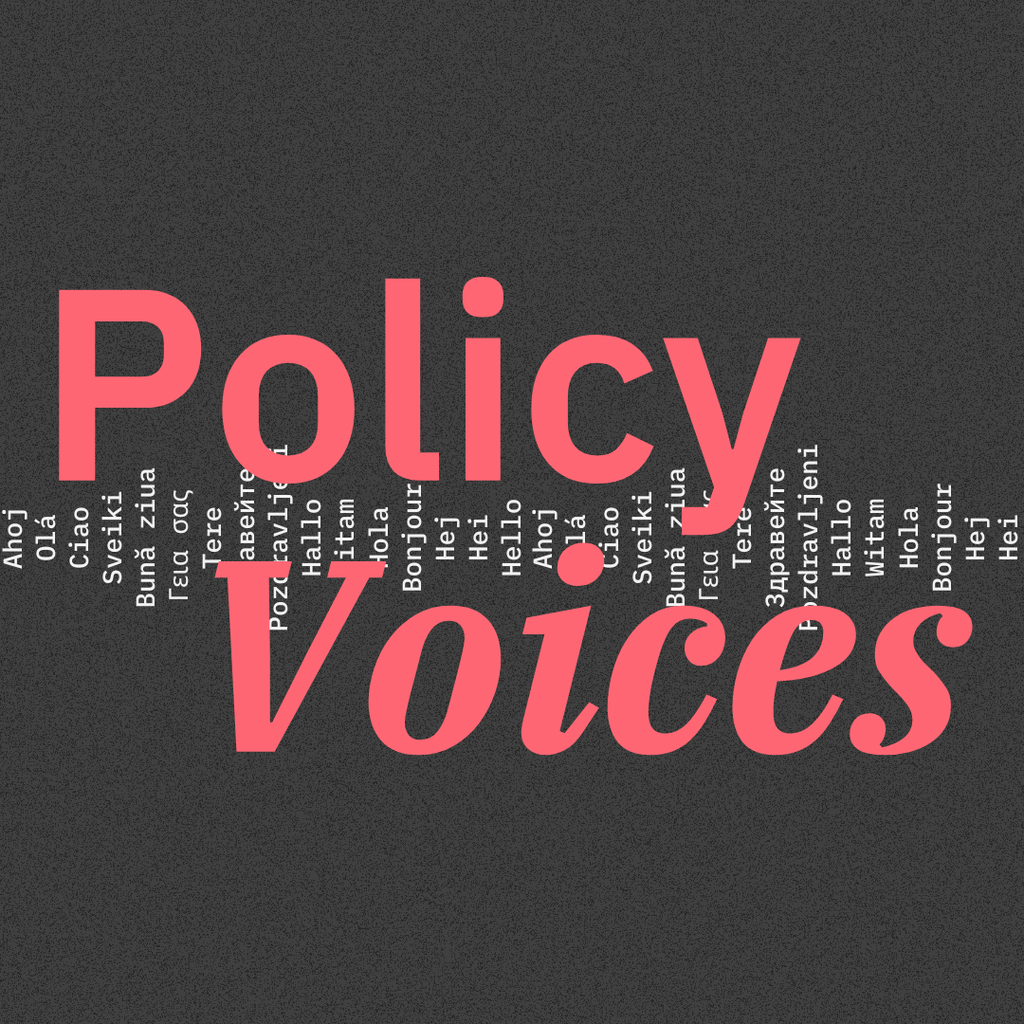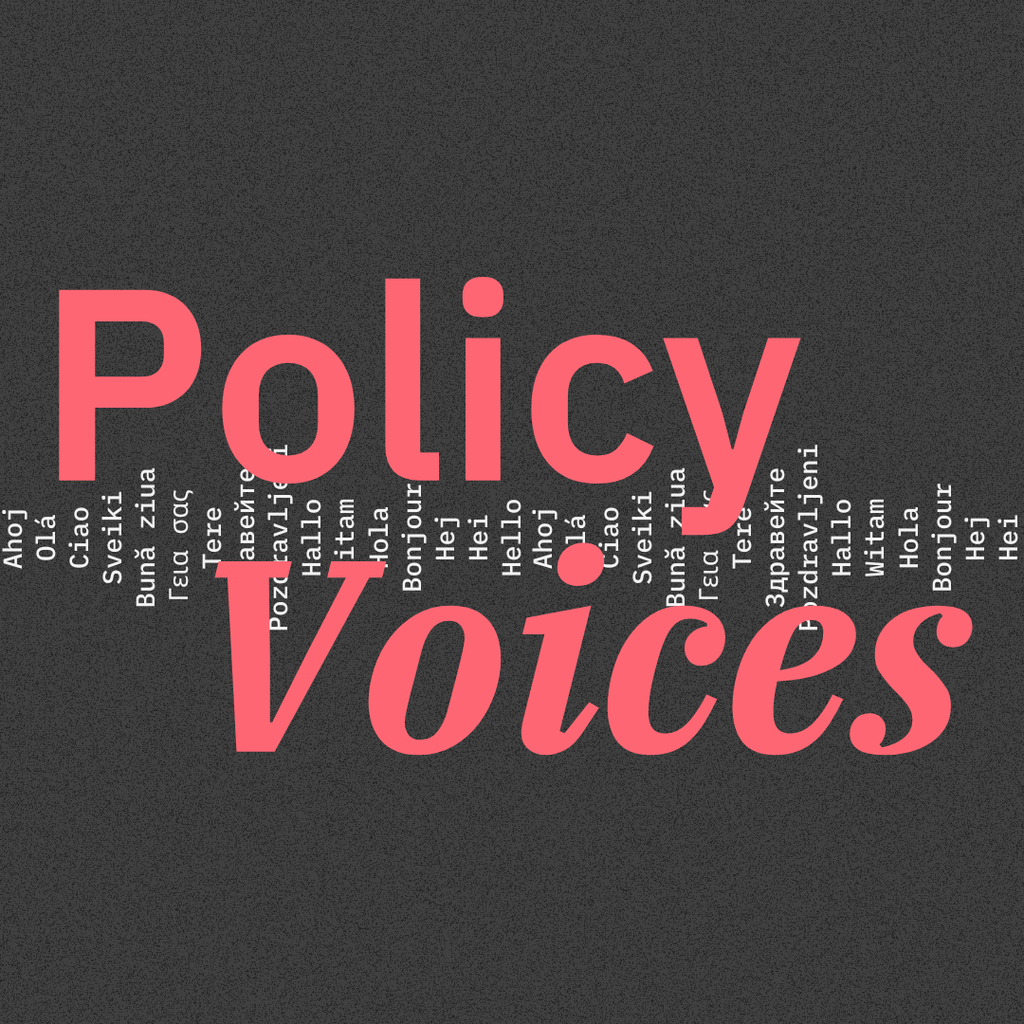Europe-China Forum 2025
Next event In person & livestreamed

- Area of Expertise
- Global Europe

Rajat M. Nag is Distinguished Fellow at the National Council of Applied Economic Research in Delhi, and former Managing Director-General of the Asian Development Bank
Asia is in the midst of a historic transformation. Between 1990-2010, developing Asia’s GDP grew at an average annual rate of about 7%. The consequence of such rapid growth has been a dramatic increase in per capita incomes and standards of living. Millions of Asians have simultaneously been lifted out of poverty. In 1990, for example, about 52% of Asians survived on $1.25 a day. By 2010, the figure had dropped to near 18%. All countries in Asia have achieved significant reductions in their poverty, some more than others.
It’s even more encouraging that there has been consistent improvement in many social indicators too. Undoubtedly, Asians today are richer, more educated, healthier and live longer than they did a generation ago. And, in that process of transformation, Asia is essentially becoming a middle-income region. By 2010, only eight Asian countries still had a per capita income of less than $1,000.
Inequality hollows out the middle class, damages institutions and consequently harms long-term economic growth
Many, including several Asian leaders, have in this context proclaimed this century as the ‘Asian Century’. I believe that while this may be plausible, it isn’t preordained. Asia faces several major development challenges. Looking ahead, we can’t simply extrapolate the past few decades as if Asia’s destiny were on autopilot.
Broadly, these challenges are: large lingering deprivations and rising inequality; an ageing East Asia and a young South Asia, which may produce significant demographic dividends or a nightmare if enough jobs aren’t created for the restless youth; severe infrastructure deficits; rapid urbanisation; a fragmented financial sector; inadequate cooperation between countries of the region; poor governance and weak institutions; and severe environmental effects from the absence of clean growth.
Each of these challenges is uniquely demanding, and often mutually reinforcing. They could derail Asia’s very impressive economic narrative of the past several decades and result in the region being snared in the middle-income trap. Without minimising the gravity of the other challenges, I suggest that continuing deprivations and rising inequalities are perhaps Asia’s most immediate challenges.
Despite Asia’s very impressive economic growth, it’s still home to two-thirds of the world’s poor. Indeed, the rising tide hasn’t lifted all boats. More than 740 million people were still living on less than $1.25 a day in 2013, about 368 million didn’t have access to clean drinking water, and nearly 1.7 billion had no access to modern sanitation. Furthermore, 58 million children under the age of five are estimated to be underweight, and their stunted growth will likely see them disadvantaged for life. Maternal mortality per 100,000 live births is 100 compared to, say, seven in Norway.
The state of exclusion in Asia is obviously serious. Women and girls are disproportionately represented among Asia’s disadvantaged. More girls than boys don’t attend school in many countries, or won’t complete secondary education in others. More girls than boys won’t even be born due to pre-natal sex selection and cultural preferences for sons. In Asia, gender equality and concerns about their safety and security remain an ‘unfinished agenda’. This not-so-shining face of Asia is of great concern.
Rising inequality is a major challenge. According to a study by the Asian Development Bank (ADB) in 2014, the Gini coefficient – a common measure of inequality – worsened during the early 1990s to the late 2000s. In China, it worsened from 0.32 to 0.43; in India, from 0.33 to 0.37; and in Indonesia, from 0.29 to 0.39. For developing Asia as a whole, the Gini coefficient worsened from 0.39 to 0.46 over that period. Asia has grown, but it has also become more unequal.
In addition to being concerned about inequality – of access, not outcomes – on ethical and moral grounds, there are at least two other reasons why inequality hurts. First, inequality attenuates the impact of growth on poverty reduction. The same ADB study estimated that had Asian growth been achieved without rising inequality, an additional 240 million people would have been lifted out of poverty between 1990-2010. Second, inequality has many other socio-political impacts; it hollows out the middle class, damages institutions and consequently harms long-term economic growth.
58 million children under five are underweight, and their stunted growth will likely see them disadvantaged for life
If Asia is to grow sustainably, its growth has to become more inclusive, which requires simultaneous progress on three fronts. The first is economic growth. A country needs to have high and efficient growth to create jobs and economic opportunities. But this by itself won’t be enough for growth to be inclusive. There must also be social inclusion. Citizens need to be healthy enough and adequately skilled to participate in the growth process. Students can’t study well in schools if they are hungry or unwell, and workers can’t function effectively on factory floors if they aren’t skilled. The second pillar of the inclusive growth framework thus focuses on building and expanding human capabilities. Health and education are critical priorities for an inclusive society to pursue. The third front is social protection. People who are particularly vulnerable due to disabilities, old age or chronic ill health will need special help. Society has to ensure that they don’t fall between the cracks. There will also always be those who need protection from transient shocks such as a sudden catastrophic illness or a natural disaster, and society has to provide a social safety net for them as well.
It’s the simultaneous interplay of these three pillars – economic growth, social inclusion and social safety nets – underpinned by good governance and strong institutions that will enable a society to achieve inclusive growth.
While Asia faces several pressing challenges, continuing deprivations and rising inequities are perhaps its most significant issues. As a matter of greatest urgency in public policy, the region must concern itself with the phenomenon of the ‘two faces of Asia’, with its lack of inclusion. Encouragingly, though, all Asian countries now cite inclusive growth as an important part of their development strategy. How well they implement such strategies remains to be seen. But needless to say, if Asia doesn’t fairly and aggressively handle the issue of exclusion, the Asian Century is unlikely to come to pass.
Next event In person & livestreamed

Past event

Past event Online

Past event IN PERSON & ONLINE





Stay informed
We use cookies and similar technologies to adjust your preferences, analyze traffic and measure the effectiveness of our campaigns. Learn more about our privacy policy.